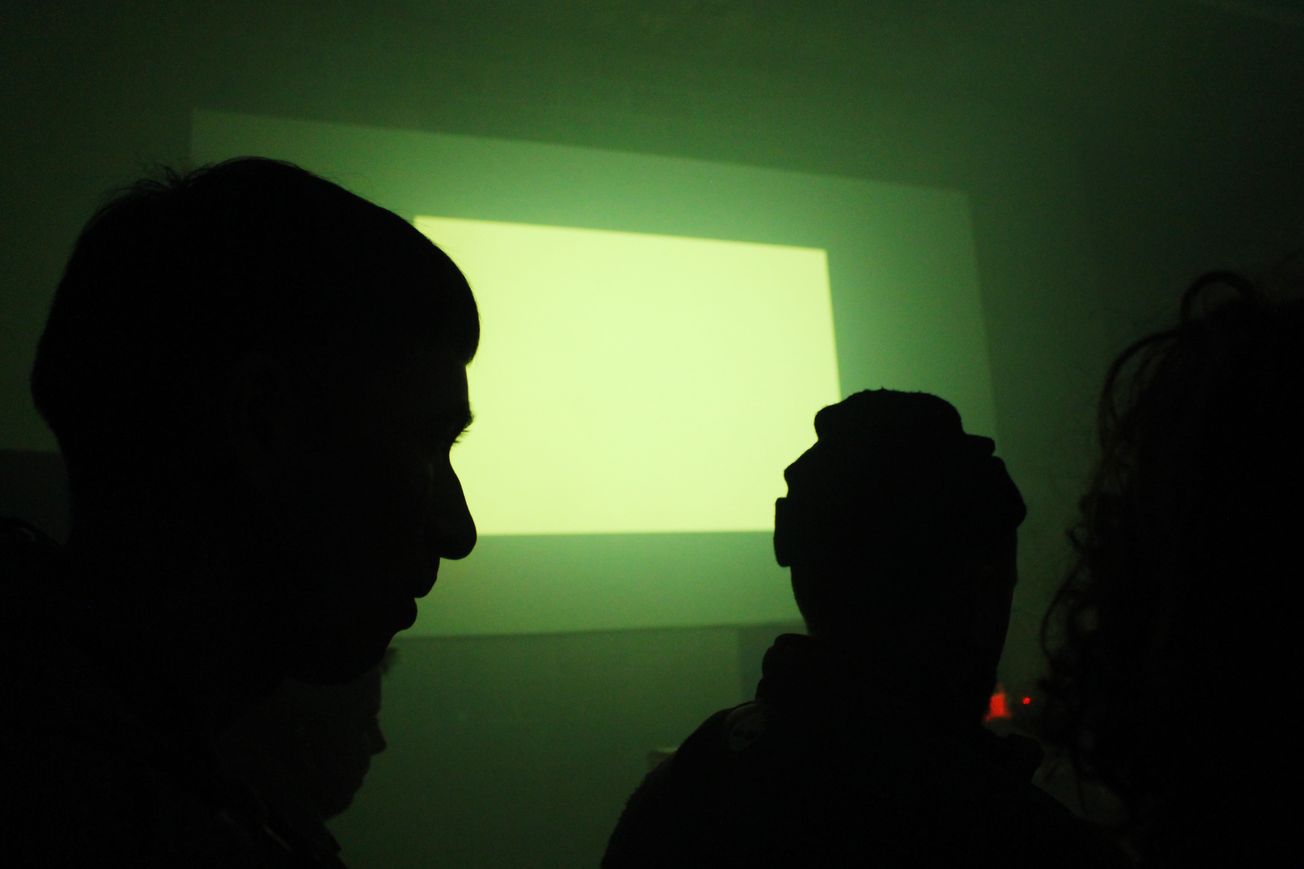By Serafina Lee, Deputy Digital Arts Editor
AMRA is a one-off audiovisual collaboration between Paul Purgas and Imran Perretta, exploring South Asian identity through amorphous echoing sound, archival disruption and analogue media. The experimental night also featured artists Abbas Zahedi, Tadleeh and DJ EC RYDER.
My eyes were truly opened to the emotional storytelling capabilities of sound. The resonating electronic booms and shifting reverberations were physically felt throughout the warehouse; it was tangible, palpable, experiential. Like the rotating 3D images on the screen, noise became an entity in its own right, resonating throughout the open space in harmony with the visuals.
| AMRA preview @ Spike Island: in conversation with Imran Perretta and Paul Purgas
The artists fused traditional inherited South Asian instrumental and vocal musical elements with electronic grime, bass and dance to explore diasporic cultural rifts. The rave and techno influences were also really effective, especially in the warehouse setting. Paul Purgas and Imran Perretta explained to me, ‘With AMRA we initially started to develop sketches from old historical recordings, some even developed from wax cylinders and very early field recordings. As we moved forward this started to expand outwards to think through a broader spectrum of archives and what they could be, these began to include South Asian sample packs and collections of instrument recordings such as flutes, tablas and shruti boxes.’ The amalgamation was trance-like; the chanted Zikr-esque resonances (particularly within Abbas Zahedi’s work) developed a ritualistic momentum, creating a tension but also a coordination between Muslim, Sikh and Hindu identities.
| 'Day Craving Night' exhibition preview at Spike Island: in conversation with Meriç Algün
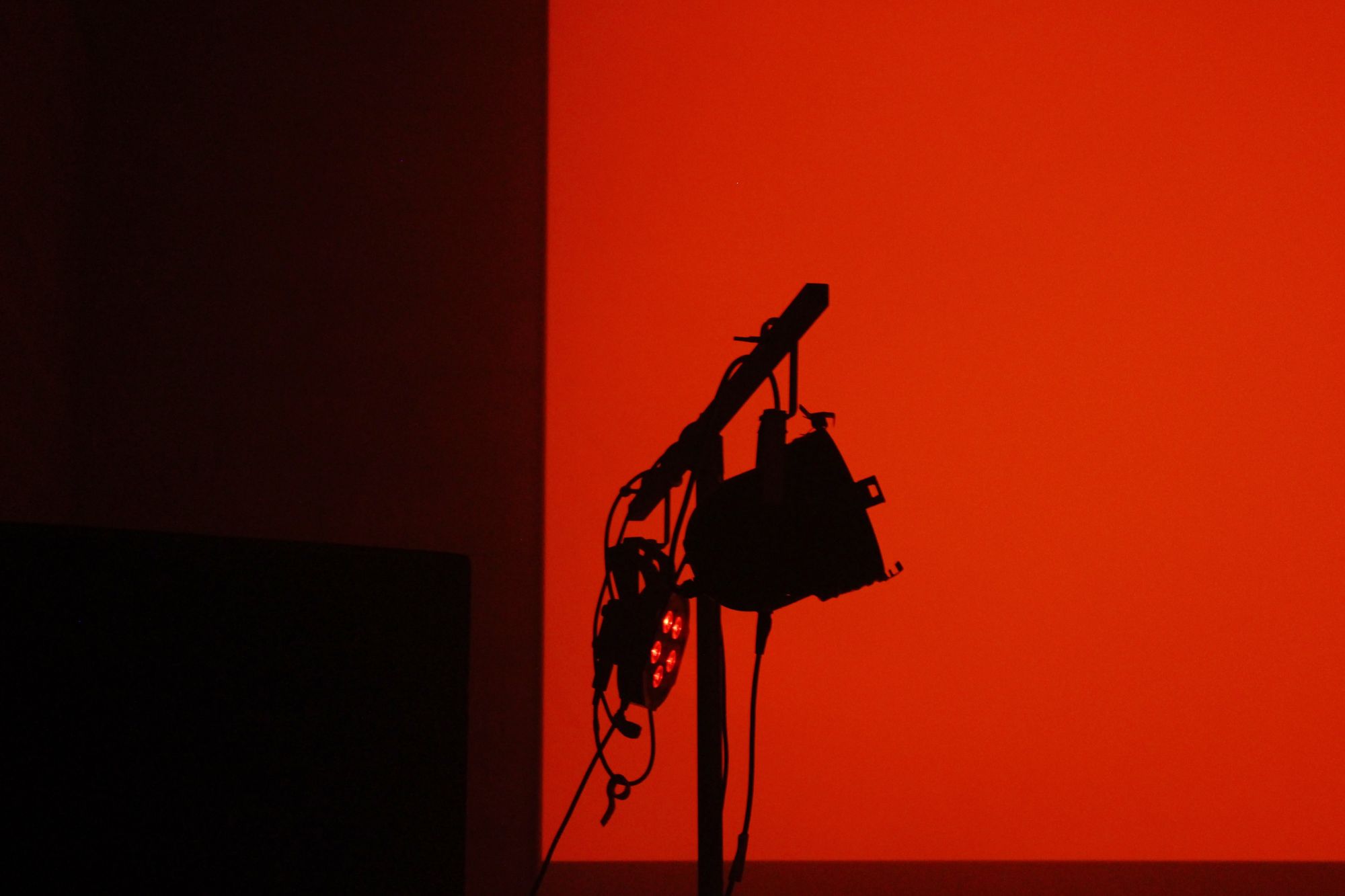
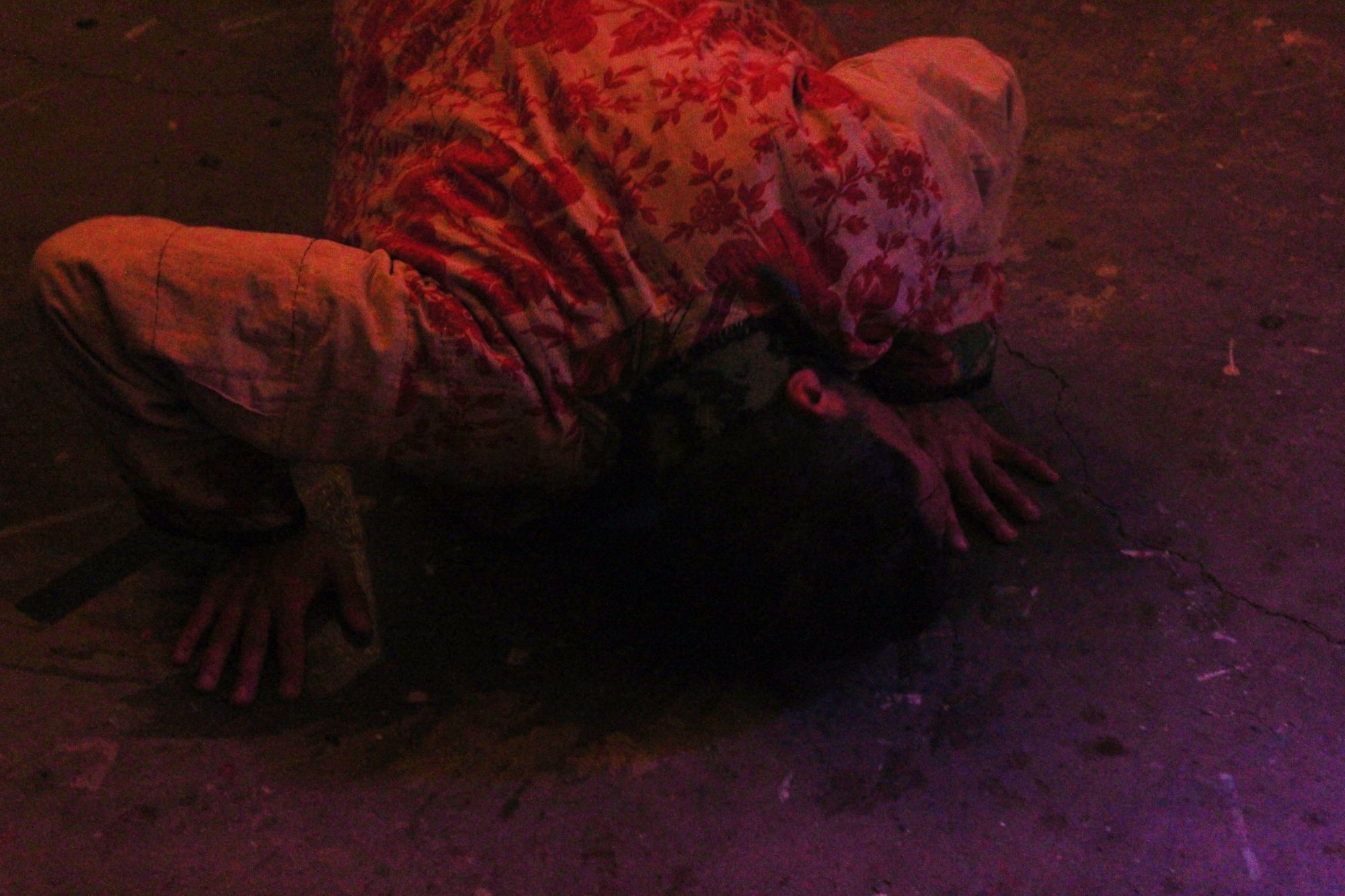
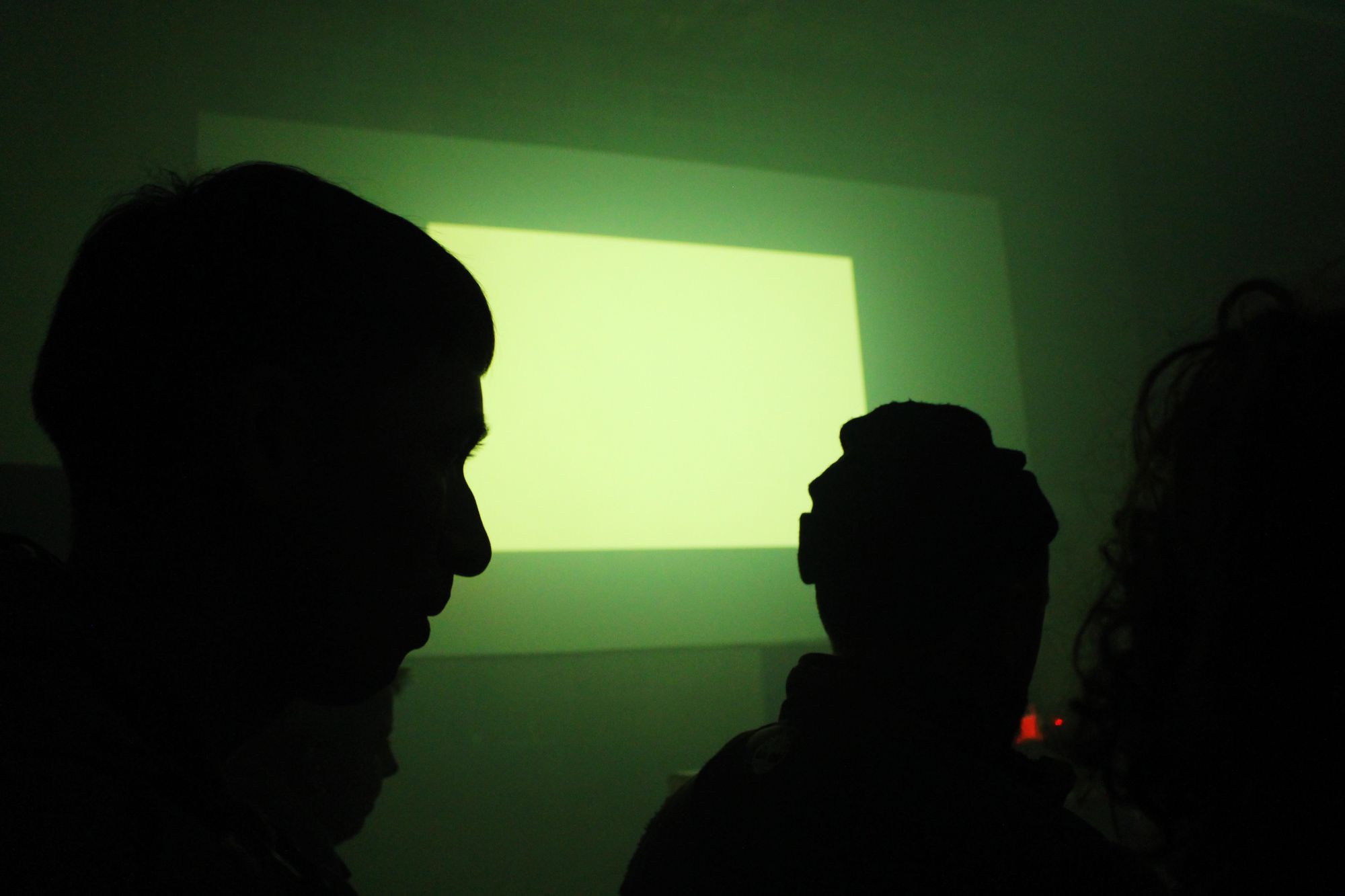

Imran Perretta and Paul Purgas illuminated this cultural overlay, 'as individuals of diasporic descent much of our knowledge and experience of our ancestry has been second hand, passed through media, music, dance and custom rather than direct contact.’ The continuing process of distortion within their sound was really embodied, at one point veering into a crescendo of hypnotically screeching white noise. Abbas Zahedi confronted us with a series of complete silences followed by violent cacophonous explosions which rolled throughout the space. Textured sound took on uncomfortable proportions, evoking the continuous process of disruption, dissidence and alienation created by the socio-economic marginalisation of South Asians.

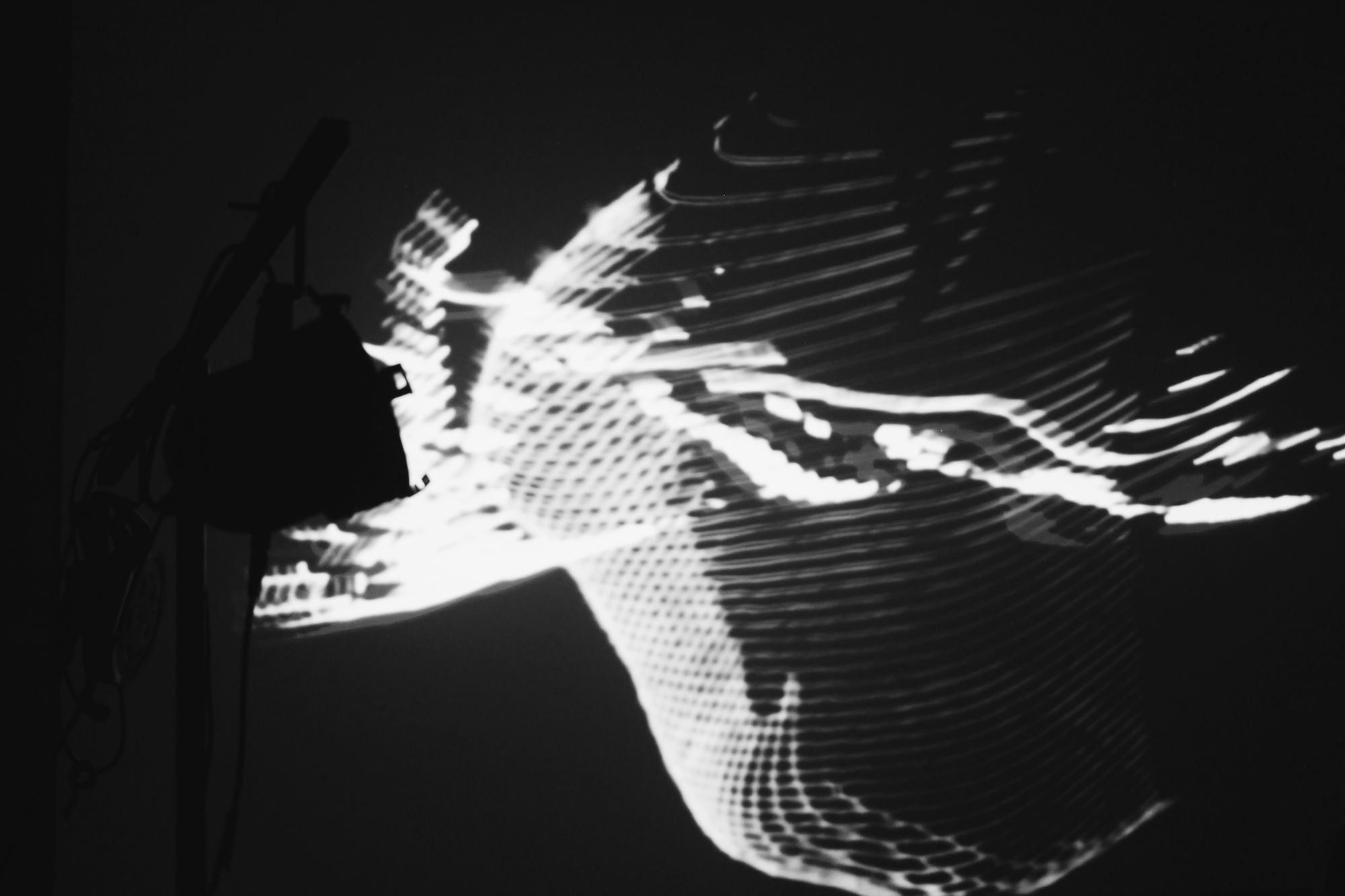
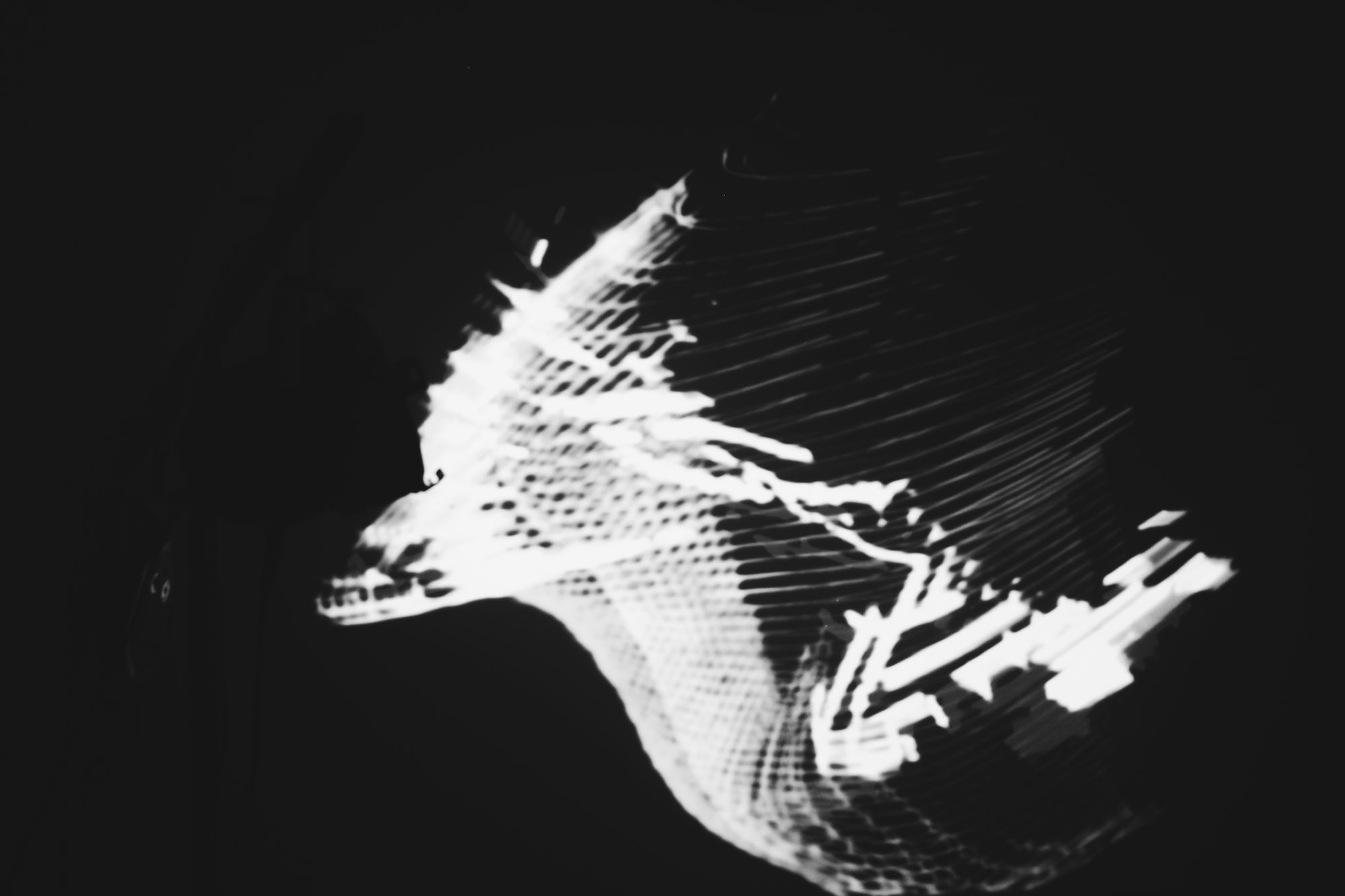
Notably, Abbas Zahedi layered his own voice over electronic reverberations. Barely decipherable over the dense sound, he repeated ‘fading elements, fading, fading elements’. We half heard him as his words fused with noise. The effect was profound, to me it outlined the historic societal suppression of minorities' voices, and the overwhelming task of consolidating a secure identity in amongst the din.

Visually, I was most struck by Tadleeh. With strobe lighting and a striking red screen, the light diffusion throughout the dark space built an atmosphere of eery contemplation. She incorporated poetic elements into her rippling electronic beats, ‘The 11 stages / of love’ was displayed across the screen, progressing through ‘attraction, attachment, desire…’ and so on whilst a fast paced synth built tempo and force, culminating in ‘insanity’. Acting almost as a heartbeat, the sound was increasingly sensory and increasingly present within the space. Unfortunately, AMRA’s visuals cut out during their performance, but this in no way detracted from their effect, it actually made me increasingly focused on their sonorous distortions.
Acting almost as a heartbeat, the sound was increasingly sensory and increasingly present within the space
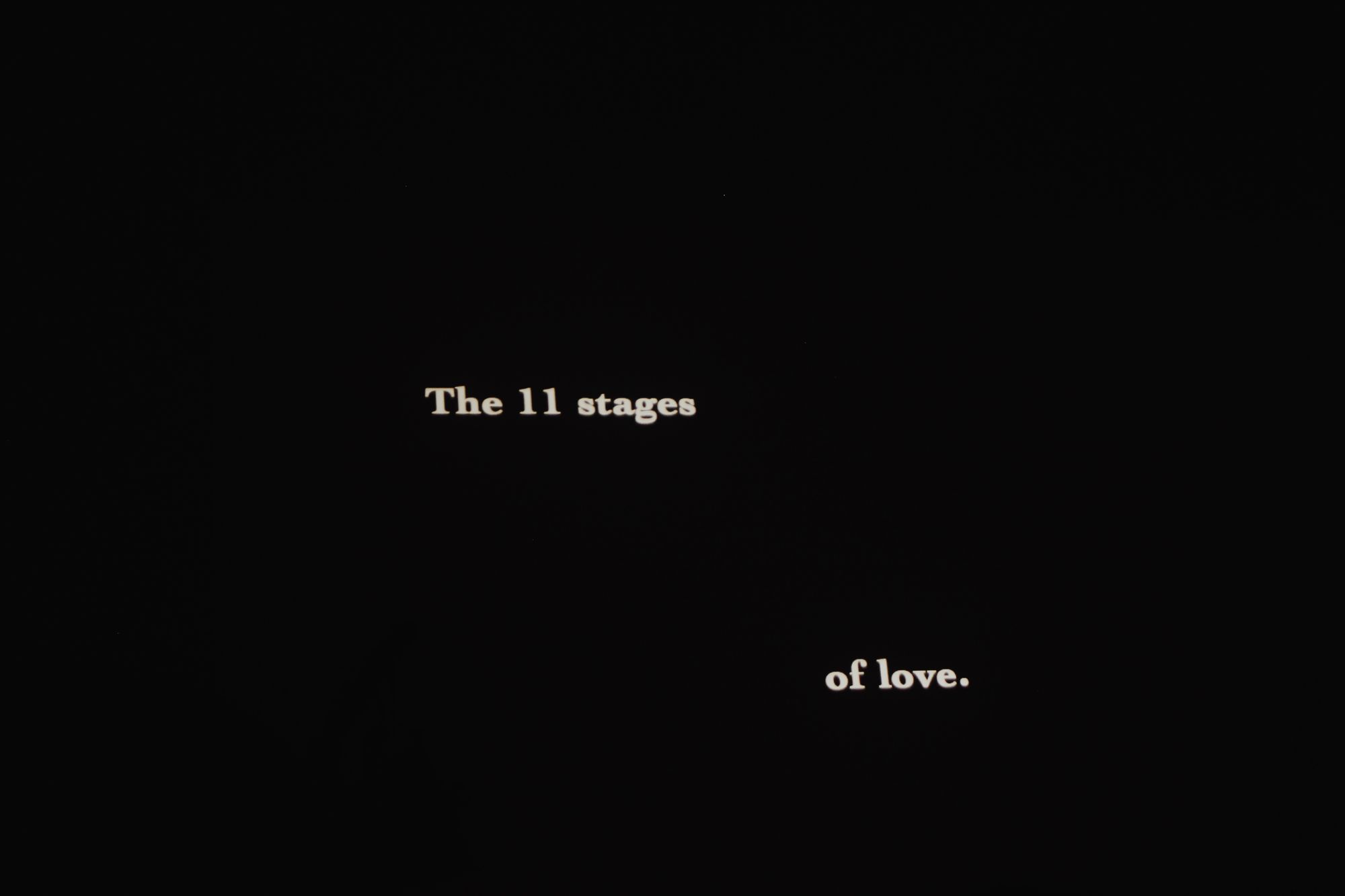
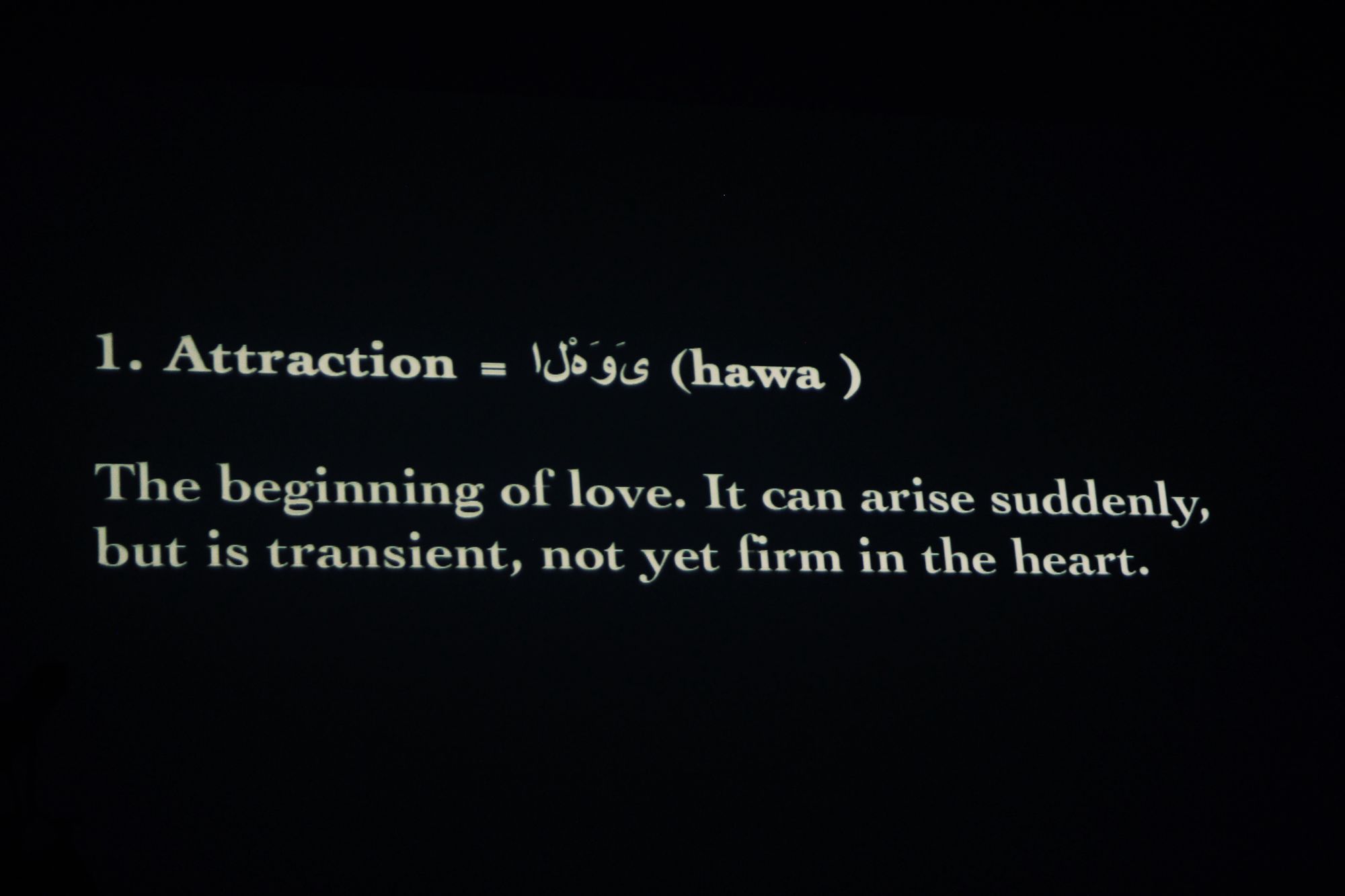
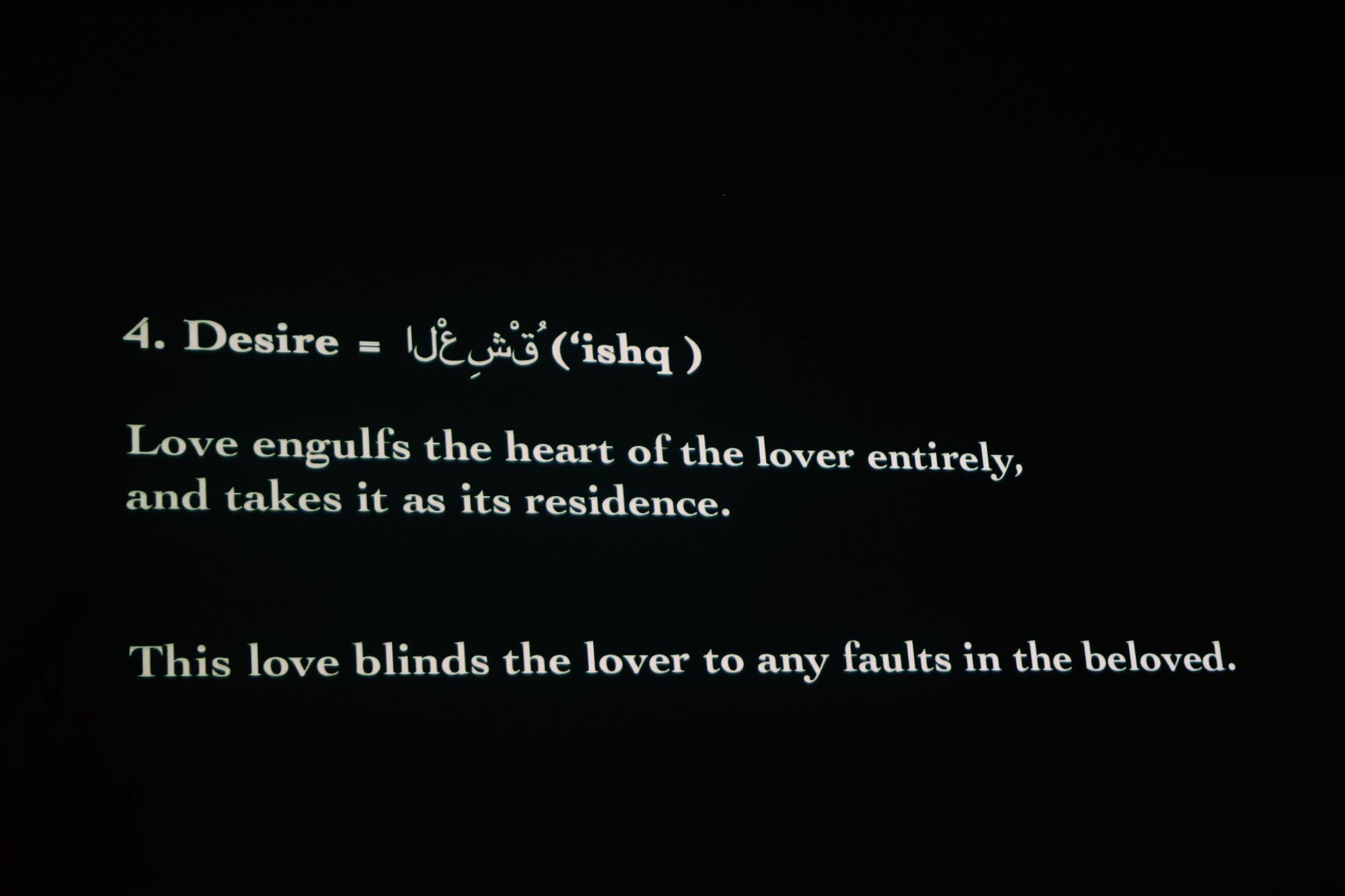
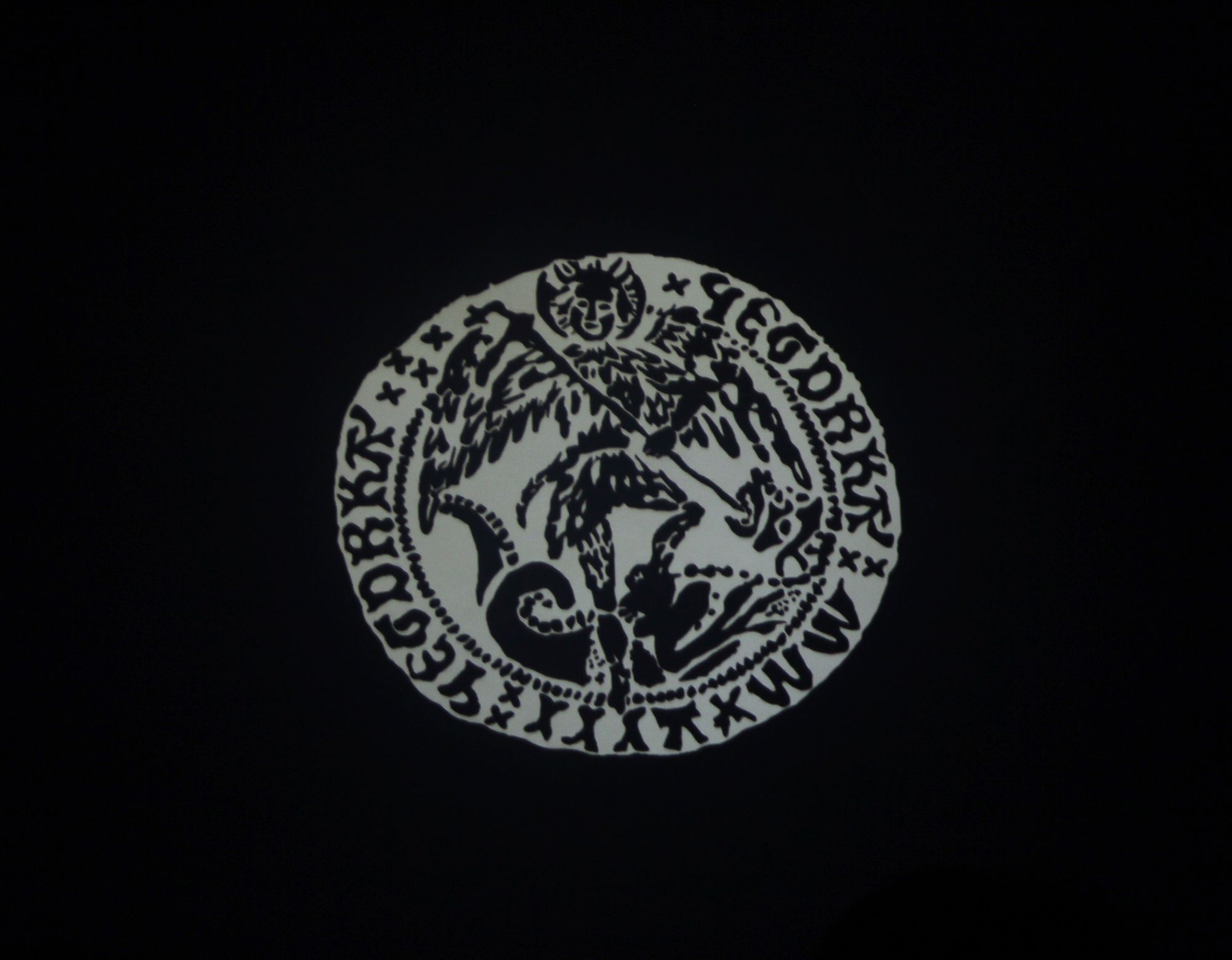
AMRA (Imran Perretta and Paul Purgas), Abbas Zahedi and Tadleeh delivered an evening like no other; sound spoke volumes. I would highly recommend listening to some of their work (Tadleeh is available on Spotify, as well as Paul Purgas’ production project, Emptyset) as loudly as you can. It was incredible experiencing their work on such a high volume in the open space, sound really was deconstructed; the atmospheric tension was felt bodily.
★★★★★
Featured Image : Epigram /
Serafina Lee
Where is the distinction between music and noise?

